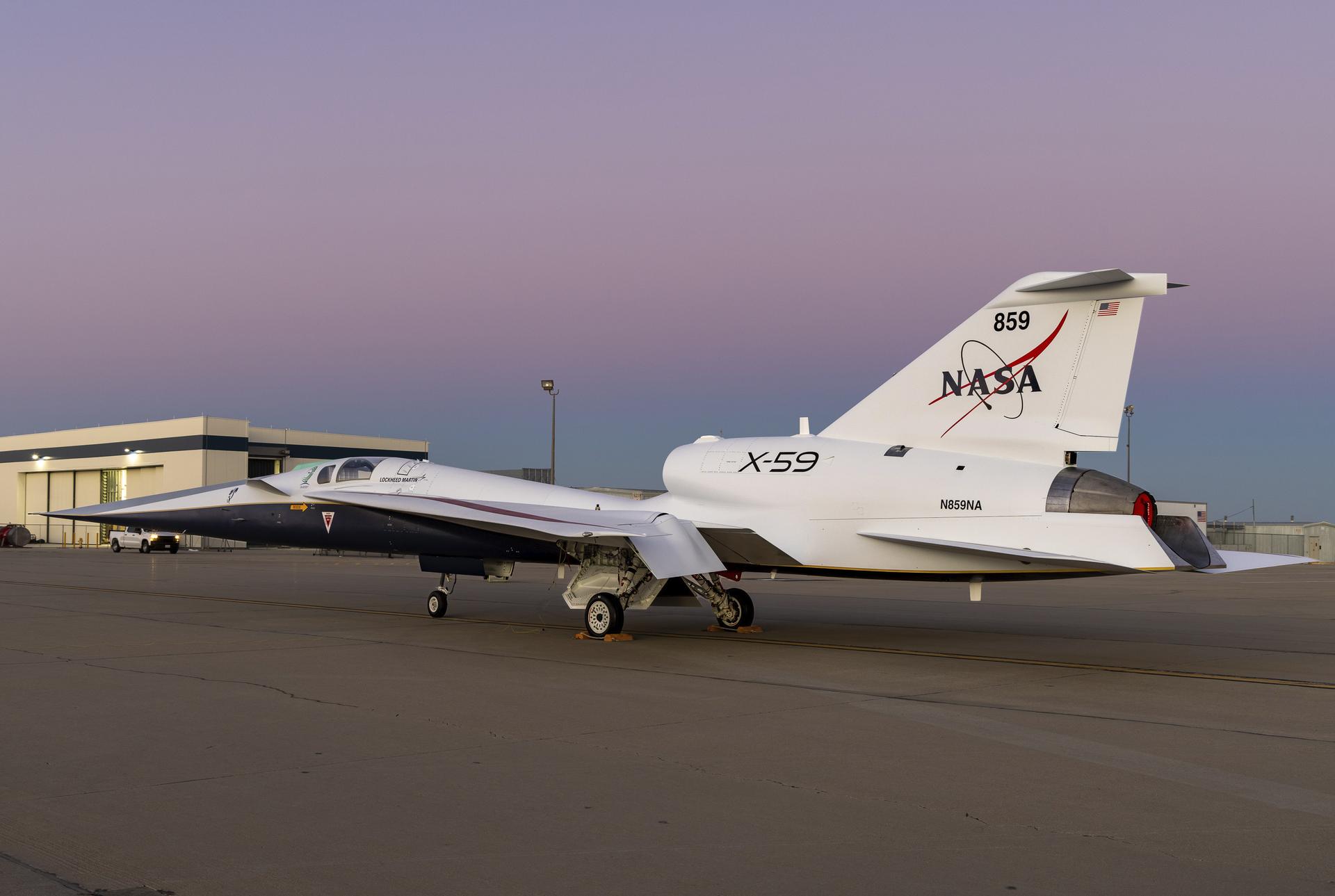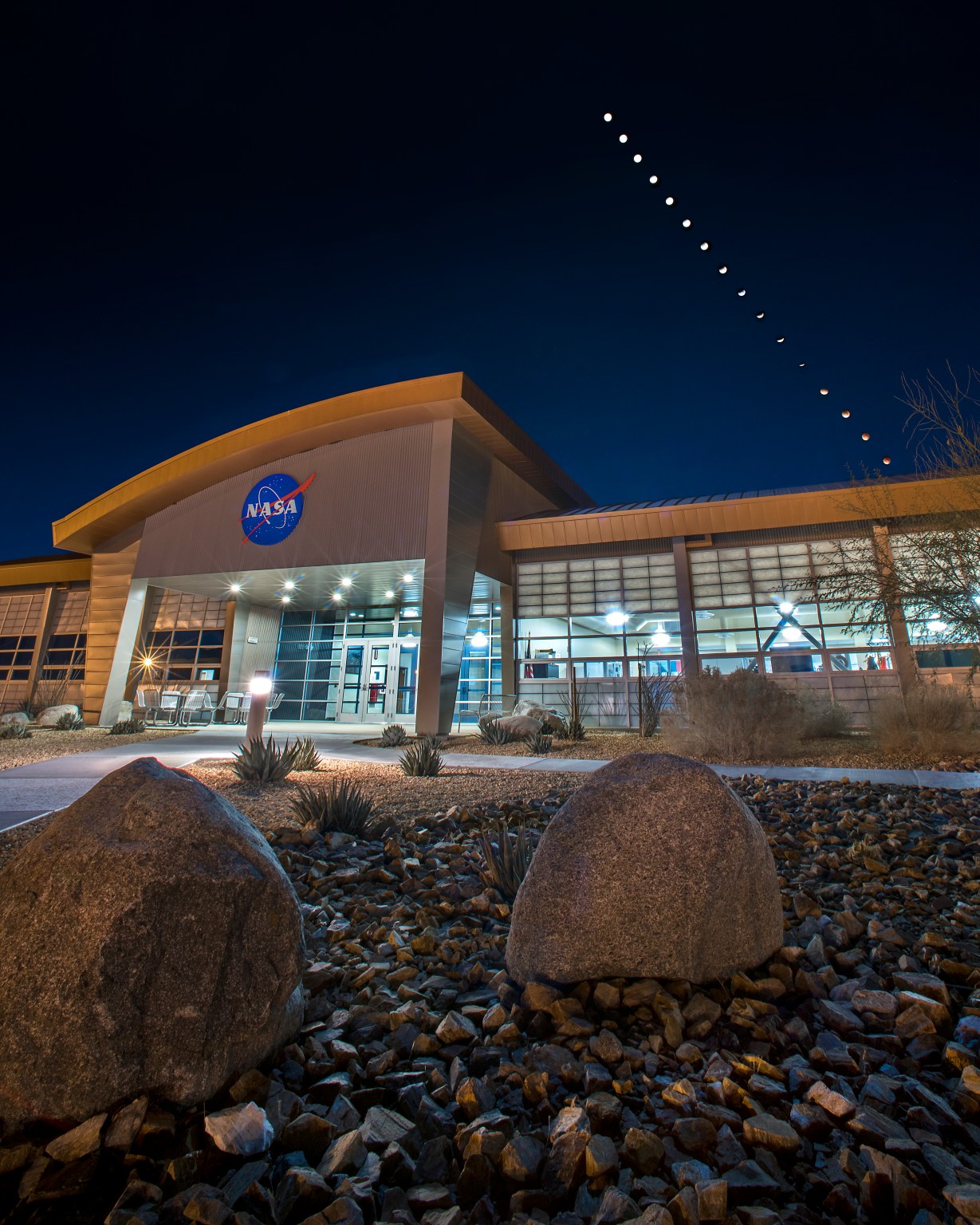2 min read
Preparations for Next Moonwalk Simulations Underway (and Underwater)

The team behind NASA’s X-59 completed another critical ground test in March, ensuring the quiet supersonic aircraft will be able to maintain a specific speed during operation. The test, known as engine speed hold, is the latest marker of progress as the X-59 nears first flight this year.
“Engine speed hold is essentially the aircraft’s version of cruise control,” said Paul Dees, NASA’s X-59 deputy propulsion lead at the agency’s Armstrong Flight Research Center in Edwards, California. “The pilot engages speed hold at their current speed, then can adjust it incrementally up or down as needed.”
The X-59 team had previously conducted a similar test on the engine – but only as an isolated system. The March test verified the speed hold functions properly after integration into the aircraft’s avionics.
“We needed to verify that speed hold worked not just within the engine itself but as part of the entire aircraft system.” Dees explained. “This test confirmed that all components – software, mechanical linkages, and control laws – work together as intended.”
The successful test confirmed the aircraft’s ability to precisely control speed, which will be invaluable during flight. This capability will increase pilot safety, allowing them to focus on other critical aspects of flight operation.
“The pilot is going to be very busy during first flight, ensuring the aircraft is stable and controllable,” Dees said. “Having speed hold offload some of that workload makes first flight that much safer.”
The team originally planned to check the speed hold as part of an upcoming series of ground test trials where they will feed the aircraft with a robust set of data to verify functionality under both normal and failure conditions, known as aluminum bird tests. But the team recognized a chance to test sooner.
“It was a target of opportunity,” Dees said. “We realized we were ready to test engine speed hold separately while other systems continued with finalizing their software. If we can learn something earlier, that’s always better.”
With every successful test, the integrated NASA and Lockheed Martin team brings the X-59 closer to first flight, and closer to making aviation history through quiet supersonic technology.



